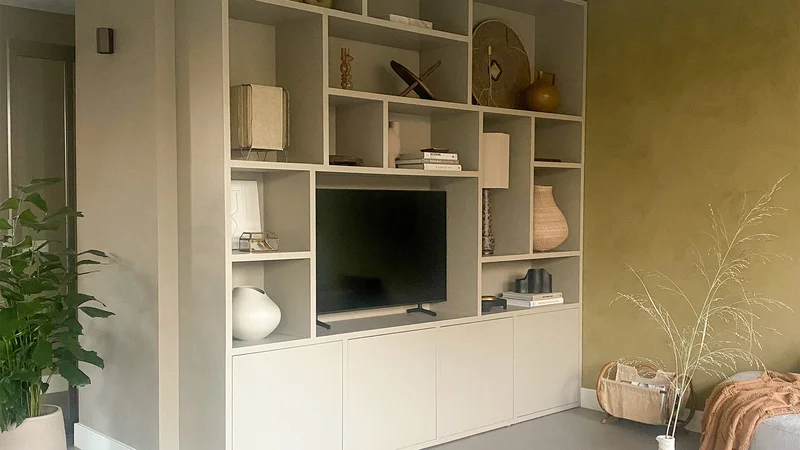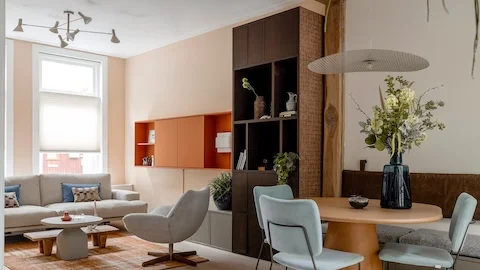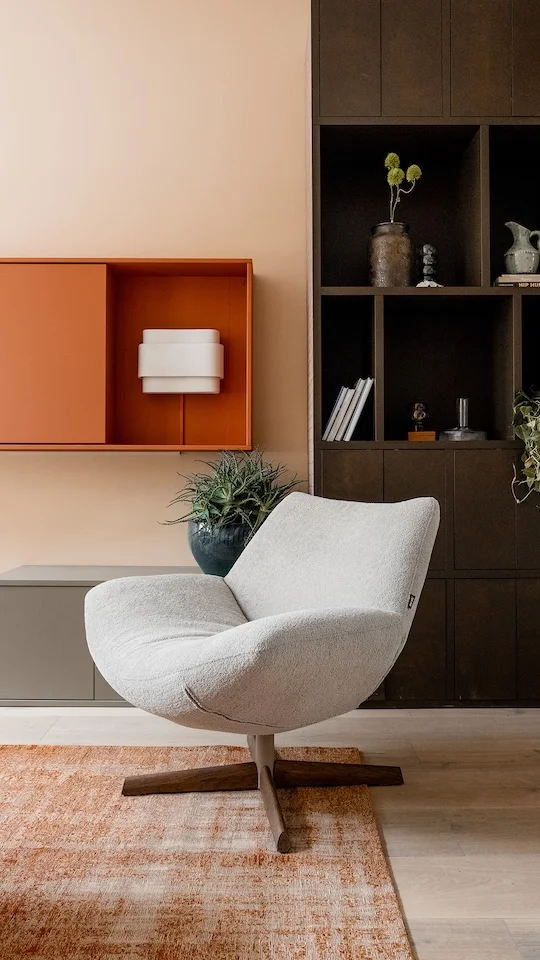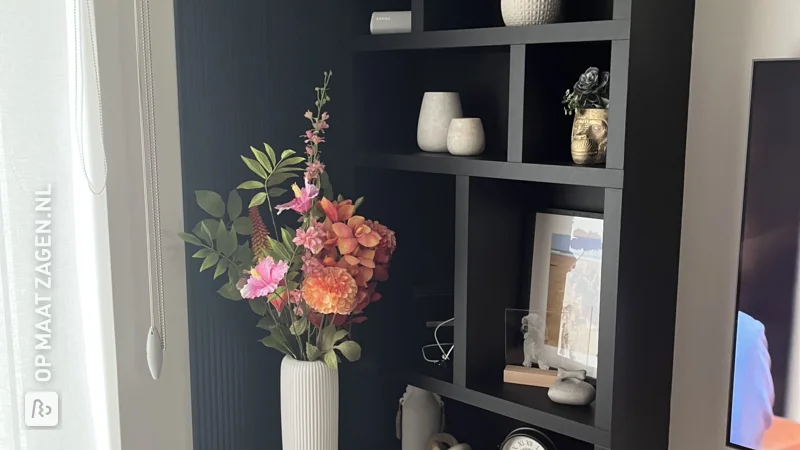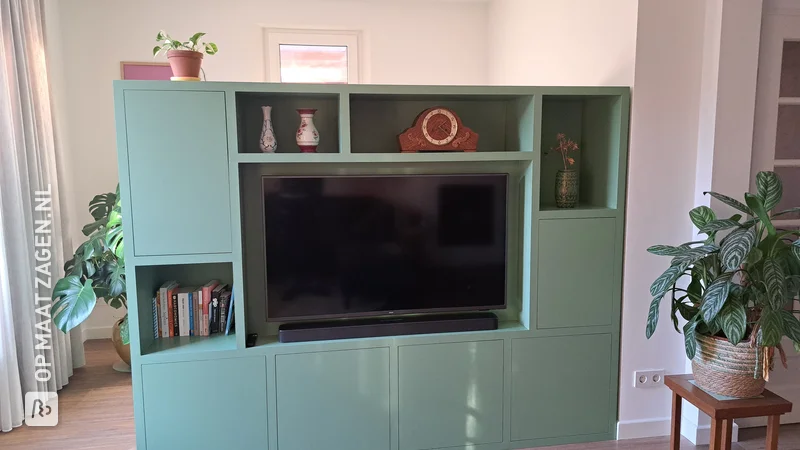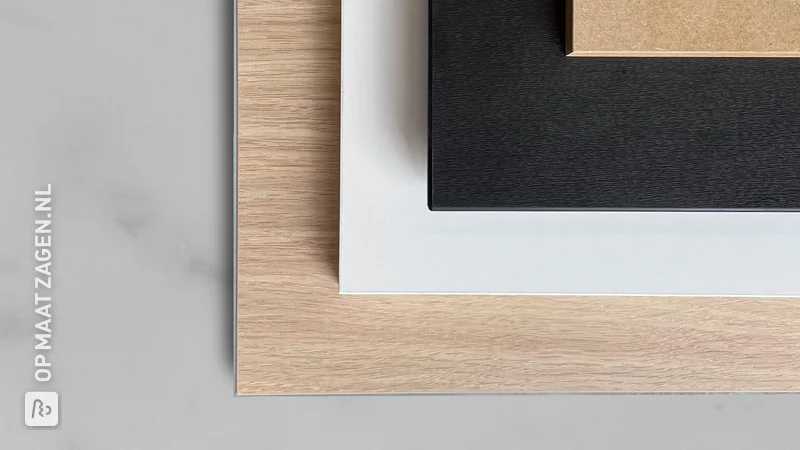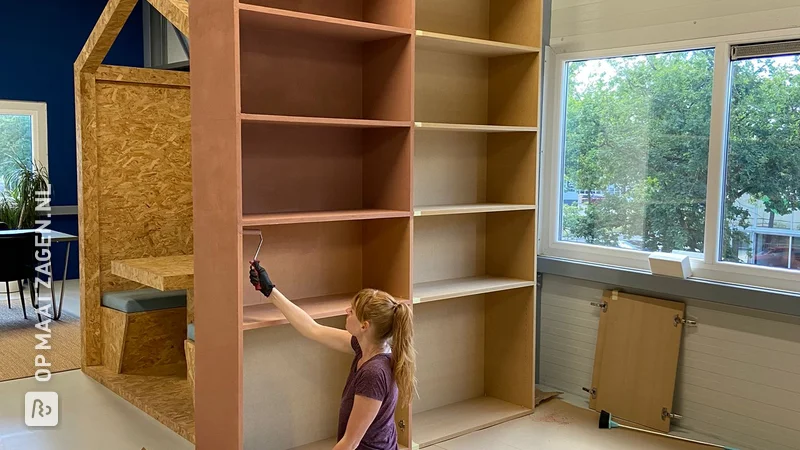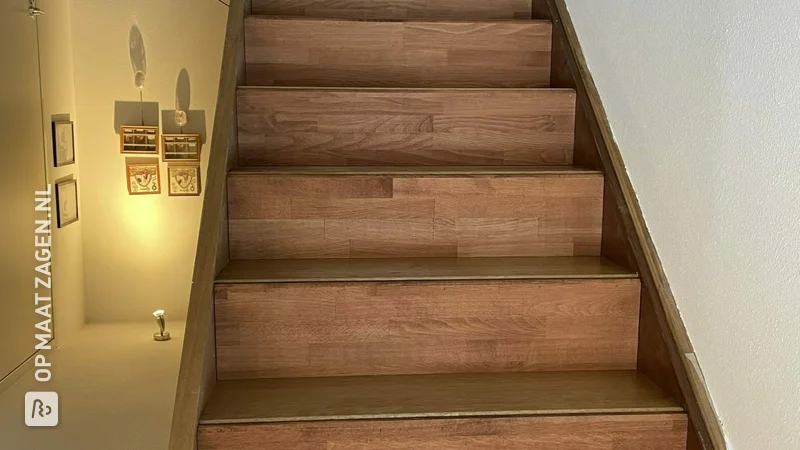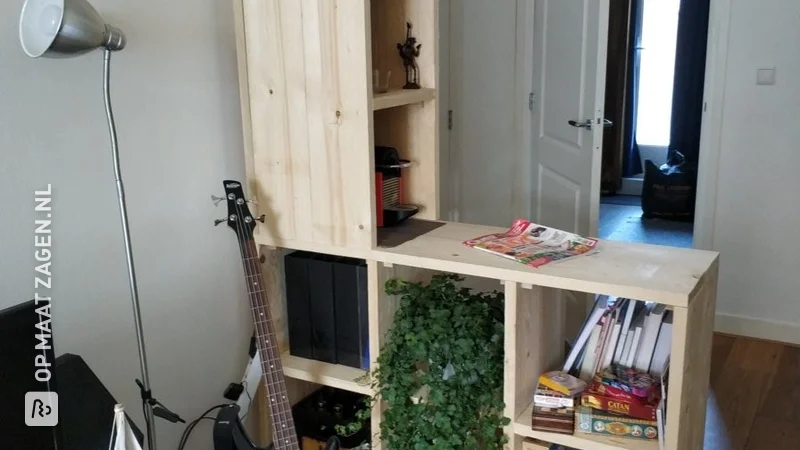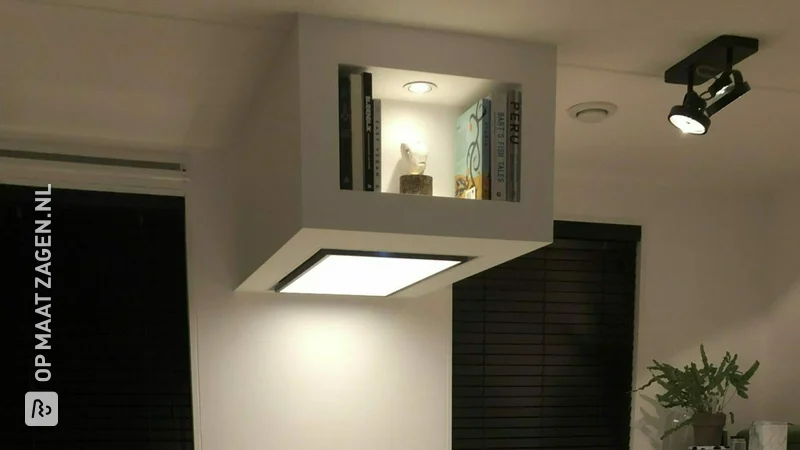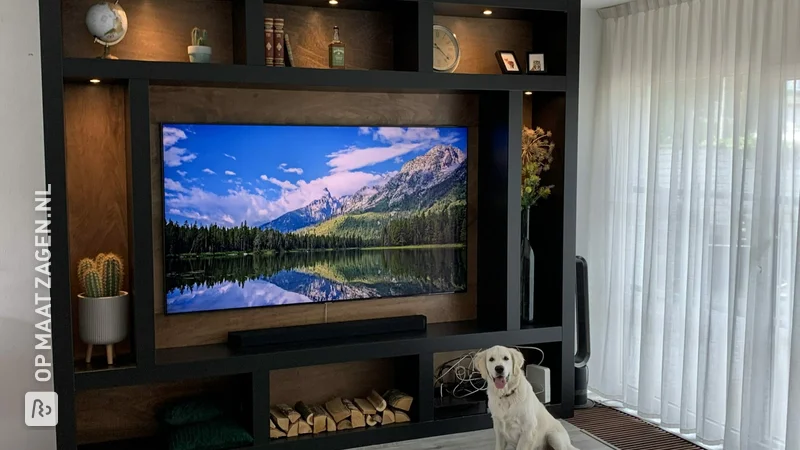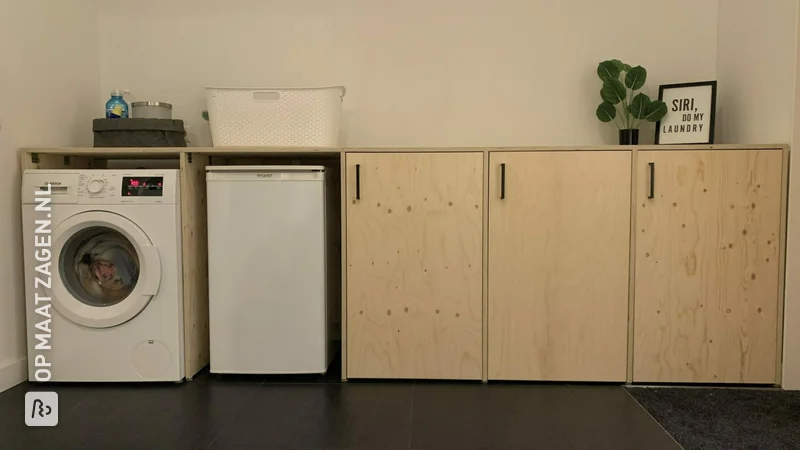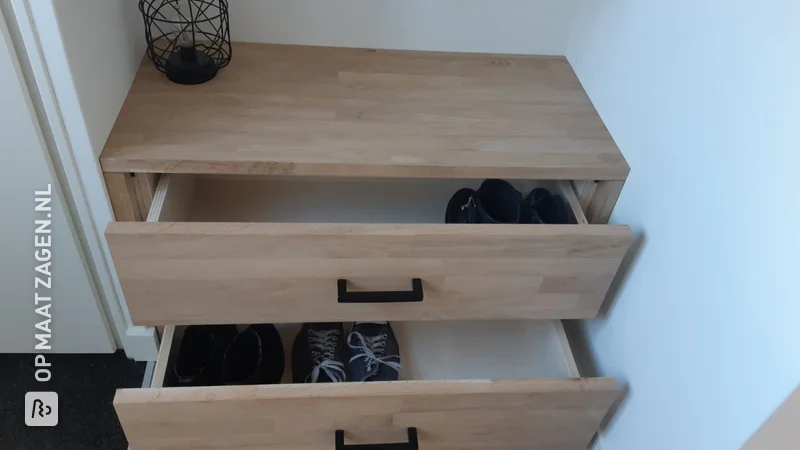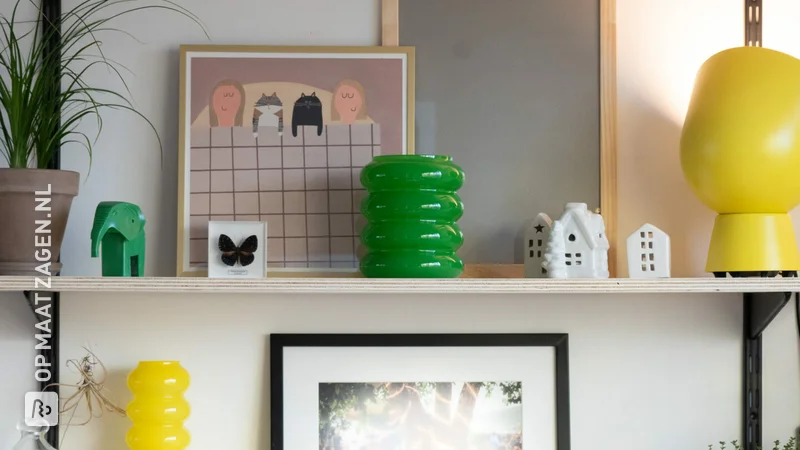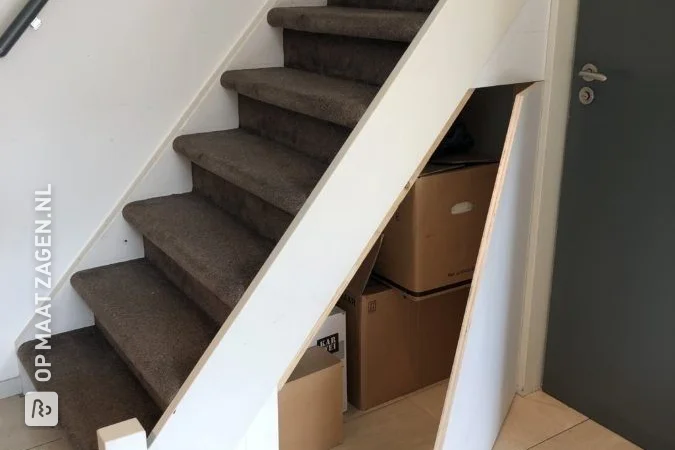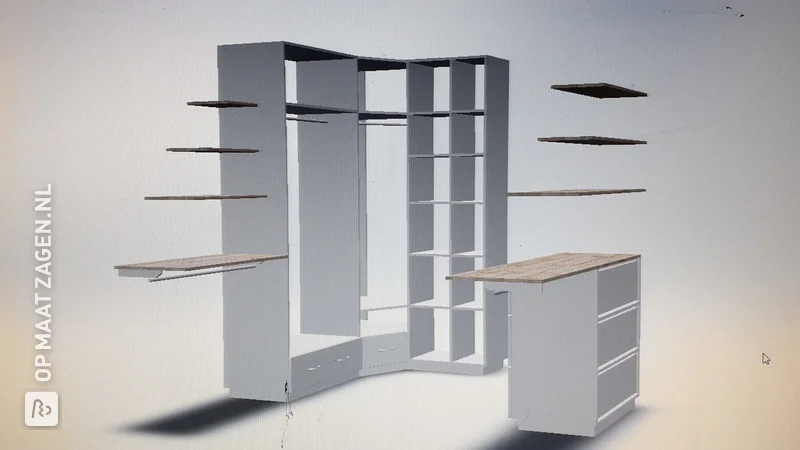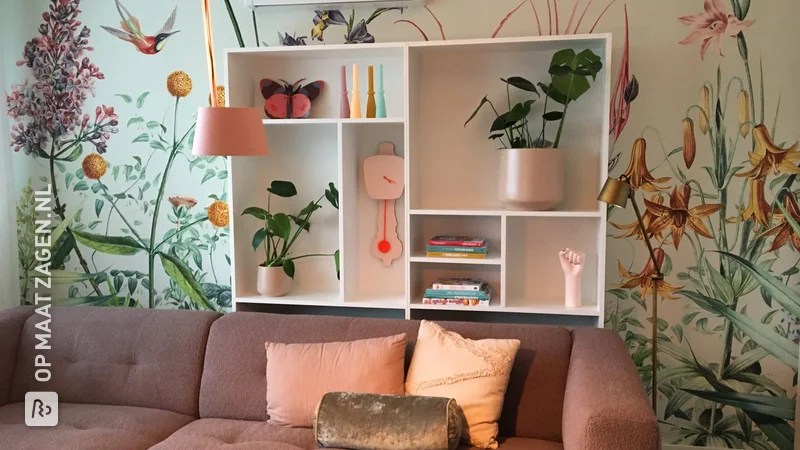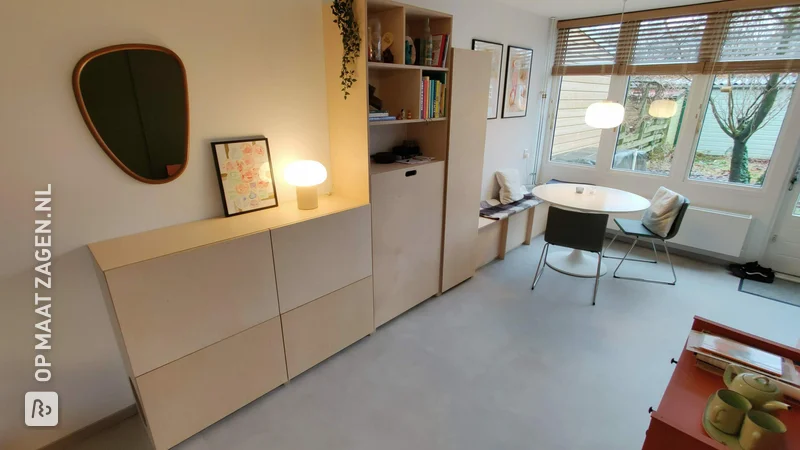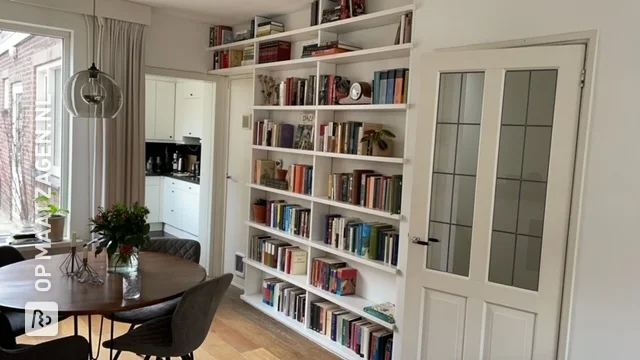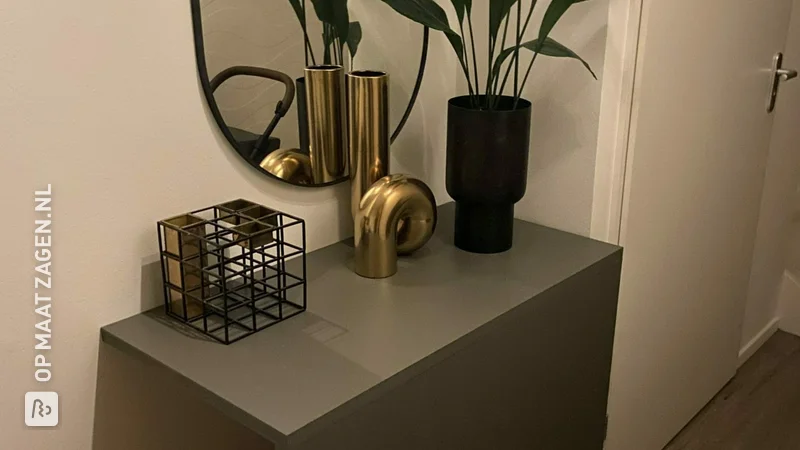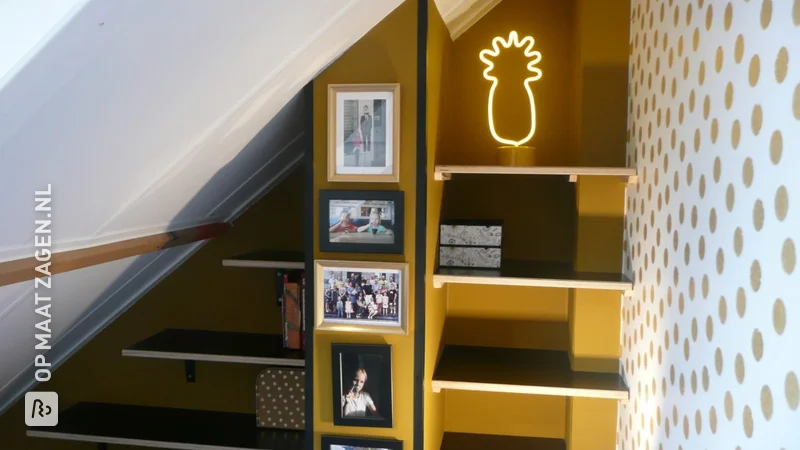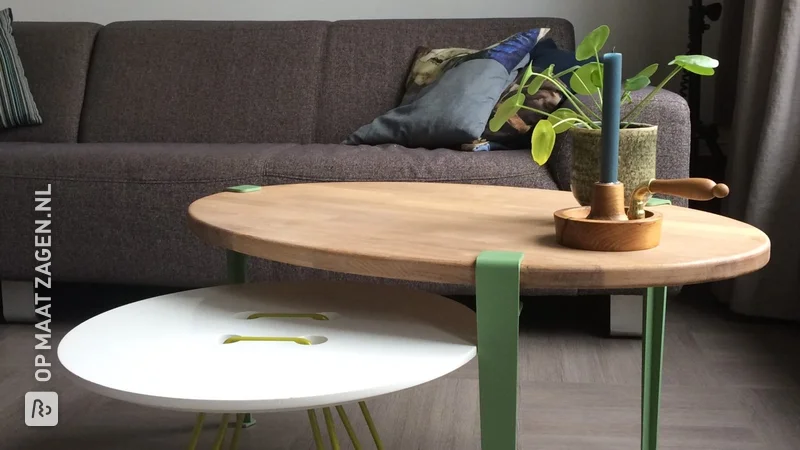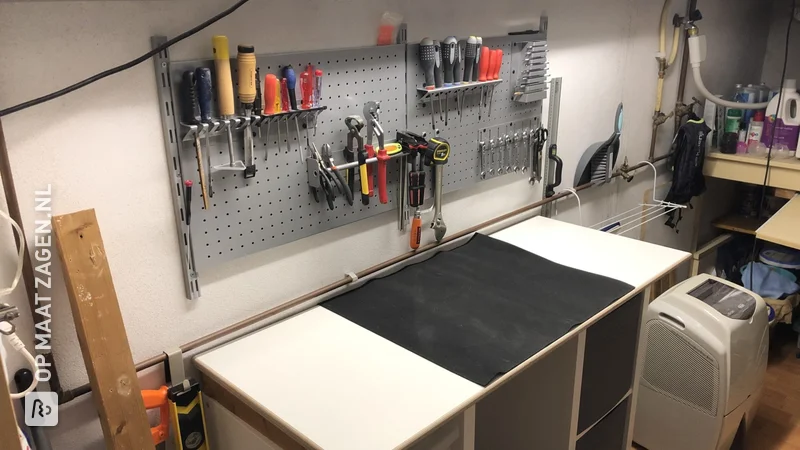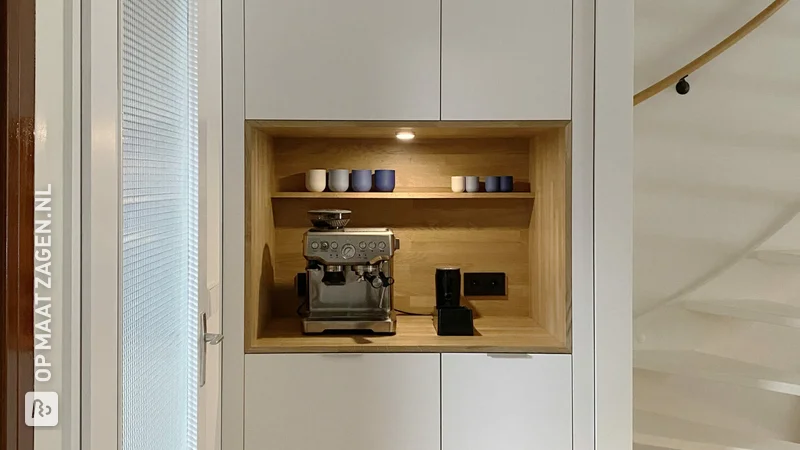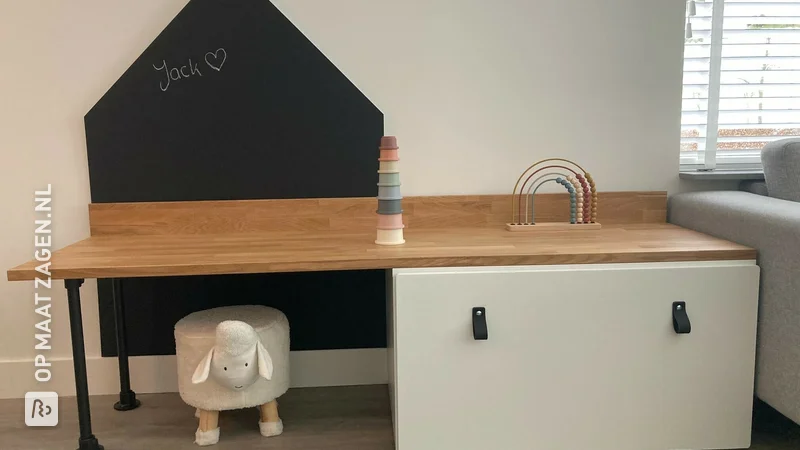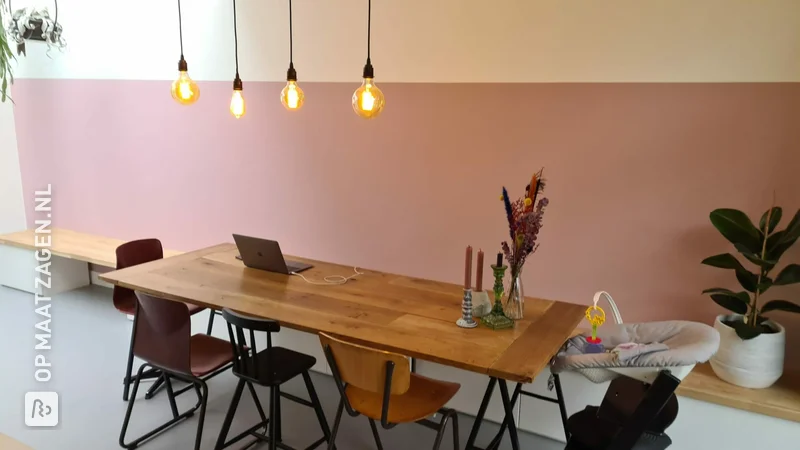- OPMAATZAGEN.nl
- DIY tips
Making a bench out of wood
Making a bench out of wood
Making a bench out of wood is an easy job. So even if you are not very experienced, this is a great project to start. Choose the wood you like, decide on your own design and get to work to achieve a unique result. Use the wooden bench functionally or use it decoratively and put a trendy plant on it and, for example, a few cushions or a candlestick. Place it in the living room, at the dining table or in the children's room. We saw the material to size for you, so that you can start assembling it straight away. That is really handy!
Design wooden bench
Before you can start ordering materials for your wooden bench, you need a design. Determine the function of the bench and get to work with pencil and paper. Let your creativity run free and design something unique! It is a great way to personalise your interior and you will be so proud of your design afterwards!
Do you need inspiration to come up with a good idea? Let yourself be inspired online! Pinterest is full of examples and home magazines are also a suitable source of inspiration. Use the relevant examples to create your own design. That's the best part, isn't it!
Material wooden bench
The material you choose for your wooden bench determines the look of the whole. Therefore, think carefully about your own style and see if the chosen wood or plate material fits it. We are happy to give you an overview of the possible materials:
Scaffoldwood | Tough and robust
Scaffold wood planks have a robust appearance and can be used for indoor and outdoor projects. Furniture such as beds, tables, cupboards and benches are often made from scaffolding planks. The planks are new and made from rough (unplaned) pinewood, which gives the planks their robust appearance. Because these scaffolding boards are post-dried, they work less under the influence of temperature and moisture. This makes these boards ideal for indoor projects. For a sturdy look, these planks are treated with a stain in the colour greywash.

Raw spruce wood
Our scaffolding boards are made from raw pinewood. This means that the planks have not been planed, which gives them a robust look. It also means that the planks are not entirely straight here and there and that the dimensions may vary somewhat. So for a real tough look! The plank has a width of approximately 20.0 cm. However, the width can vary from 18.0 cm to 20.3 cm. The thickness varies between 28 and 32 mm. So if you choose 20.0 cm for the width or 30 mm for the thickness, the result may be slightly different. It is possible to reduce the roughness of the scaffolding boards by sanding them. This is only inadvisable for scaffolding boards with a colour, because you will then sand off the colour! If you want to sand the planks, use Scaffoldwood or Scaffoldwood after-dry. Of course, you can still treat the plank with a scaffolding wood stain to get the right colour.
Inside or outside?
A property of pinewood is that it will work, especially in an indoor environment. If you want to use scaffolding wood inside, it is wise to take the post-dried variant. Because the plank is post-dried, it will shrink and expand less under the influence of temperature. For outdoor use, scaffolding boards will also work a lot under the influence of the weather. Outside, the wood will turn grey and will therefore have a weather-beaten look. This does, however, reduce the lifespan of the wood. In order to extend the lifespan, you can treat the scaffolding boards with, for example, a impregnating agent.
Carpentry panel pine or spruce | Natural and warm
Timber panel is mainly used for making indoor furniture. It is a solid wood panel and has a warm and natural appearance as the wood grain is visible. Lumber panel is available in Pine and Whitewood. Pine has a light colour whereby the knots and flames are visible. In comparison to Pinewood, Pine is slightly more yellowish in colour and slightly heavier in weight.
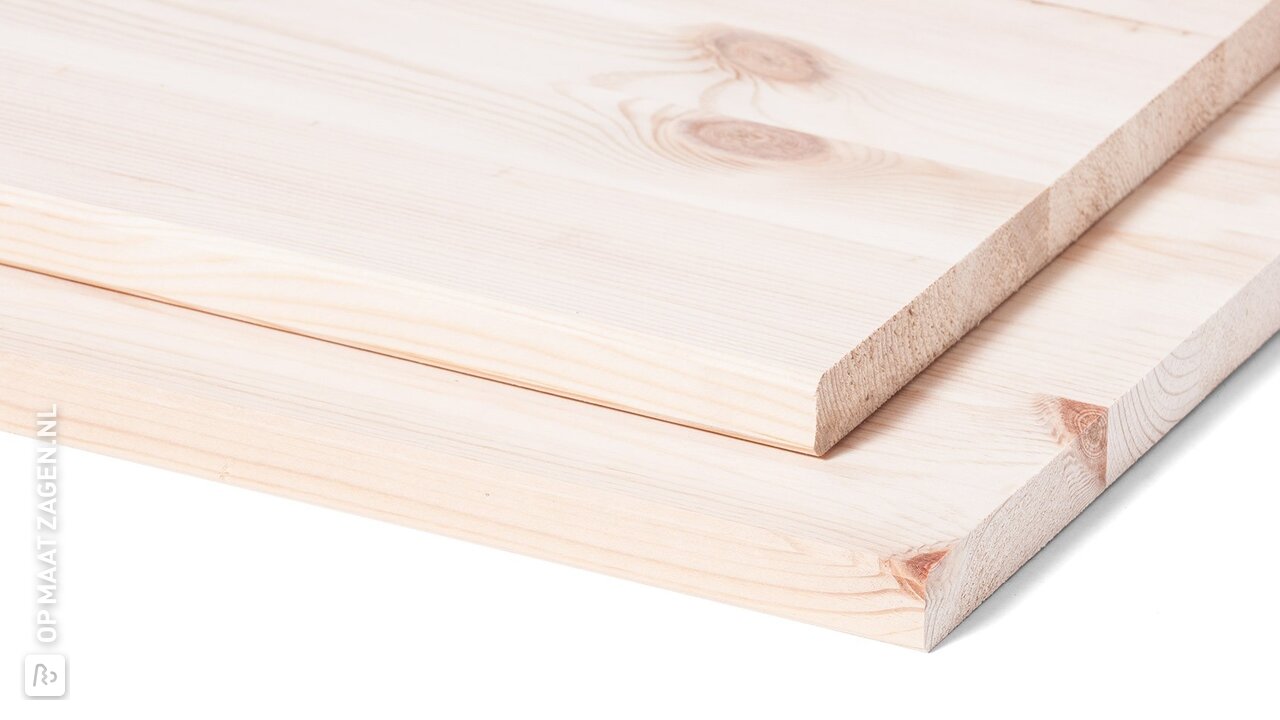
MDF | Sleek and modern
MDF is a popular board material that can be used for countless indoor projects, including a wooden bench. MDF falls into the category of fibreboards. The board consists of wood fibres that are compressed under high pressure. If you choose MDF, the wooden bench will have a sleek appearance. The material is good to use in a modern or minimalist interior.

MDF Blank
MDF Natural is the most standard form and is often chosen because of its smooth surface and because it is easy to process. MDF Clear has an absorbent effect, which makes it important to treat the material well with a primer before finishing. The ends require some extra attention. To counteract the absorbing effect of the ends, there are various possibilities: use diluted wood glue with some water, putty or a special edge sealant. See our handy tip: This is how you varnish the ends of MDF.
MDF Paint Carrier
MDF Paint Carrier is provided on both sides with a paint-carrying film which makes priming the material unnecessary. The foil greatly reduces the absorbing effect of the material. The foil is on both sides, so that the risk of warping of the material is minimal. It is therefore very suitable for making a customised wooden bench that you want to varnish.
MDF Black V313
MDF Black Water-resistant is provided on both sides with a paint-carrying film which makes priming the material unnecessary. The foil greatly reduces the absorbing effect of the material. The foil is on both sides, so that the risk of warping of the material is minimal. It is therefore very suitable for making a customised wooden bench that you want to varnish.
Underlayment | Contemporary and distinctive
Underlayment is widely used for a standing bench. It is a modern material and can be found in homes, restaurants and public places. Underlayment Finnish Spruce is a plywood consisting of 7 layers and is made from Finnish spruce. Like other types of plywood, Finnish Underlayment consists of several layers of wood veneer. These layers are glued crosswise to each other, which makes the panel very strong and hardly works. These are also the advantages of such types of plywood compared to solid wood. The end edges are beautiful because of the layers and are often kept in sight. The only point of attention when working with Finnish pine underlayment is the risk of splitting. How to prevent this can be read in our handy tip: Professional hole drilling in sheet metal.
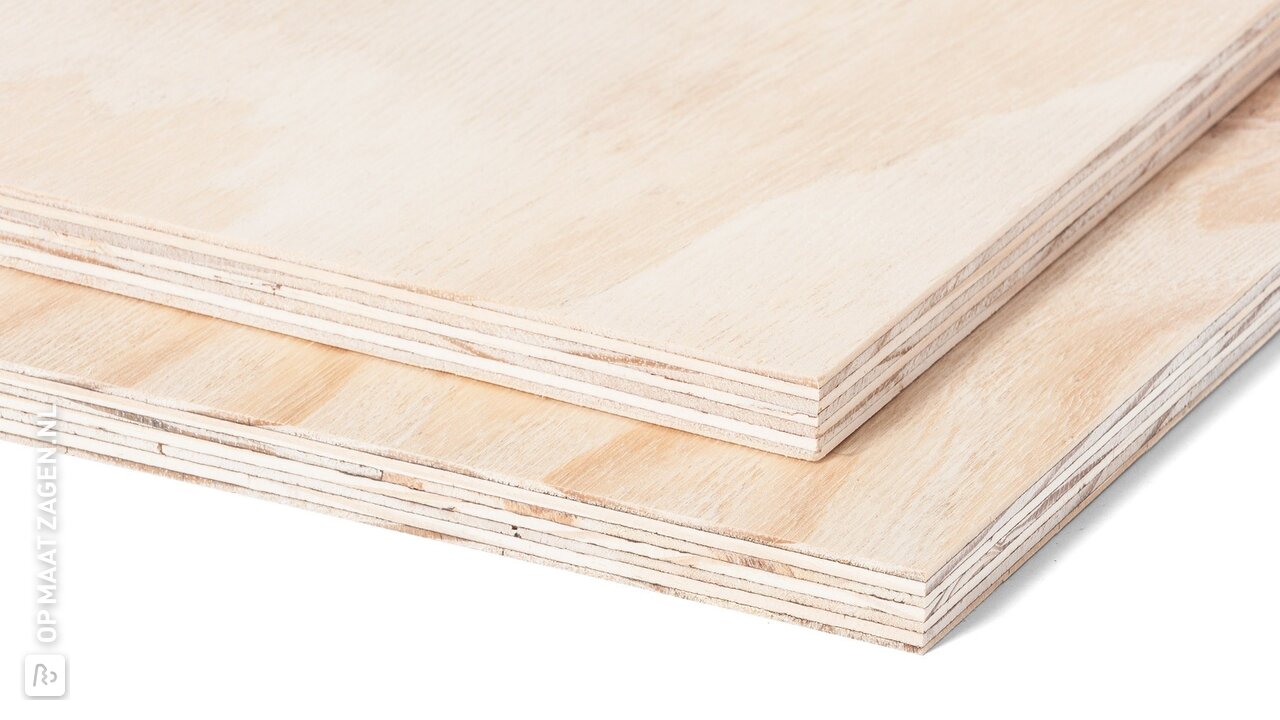
Plywood | Natural and modern
With plywood you give your bench a natural look, because of the wood grain that is visible, the wood colour and the smooth surface. You see more and more plain wood as part of an interior. #Plywood boards can be used for countless different projects. Plywood consists of different layers of wood veneer. These layers are glued crosswise to each other, which makes the board very strong and hardly works. These are also the advantages of plywood compared to solid wood, and that is why it is often used in constructions, for example for a custom-made bench. The visible wood grain is also a big advantage. Are you looking for a bench with a natural look that fits into an interior with a Scandinavian atmosphere? Then plywood, in every variant, is a suitable choice!
Are you looking for another material for your wooden bench?

